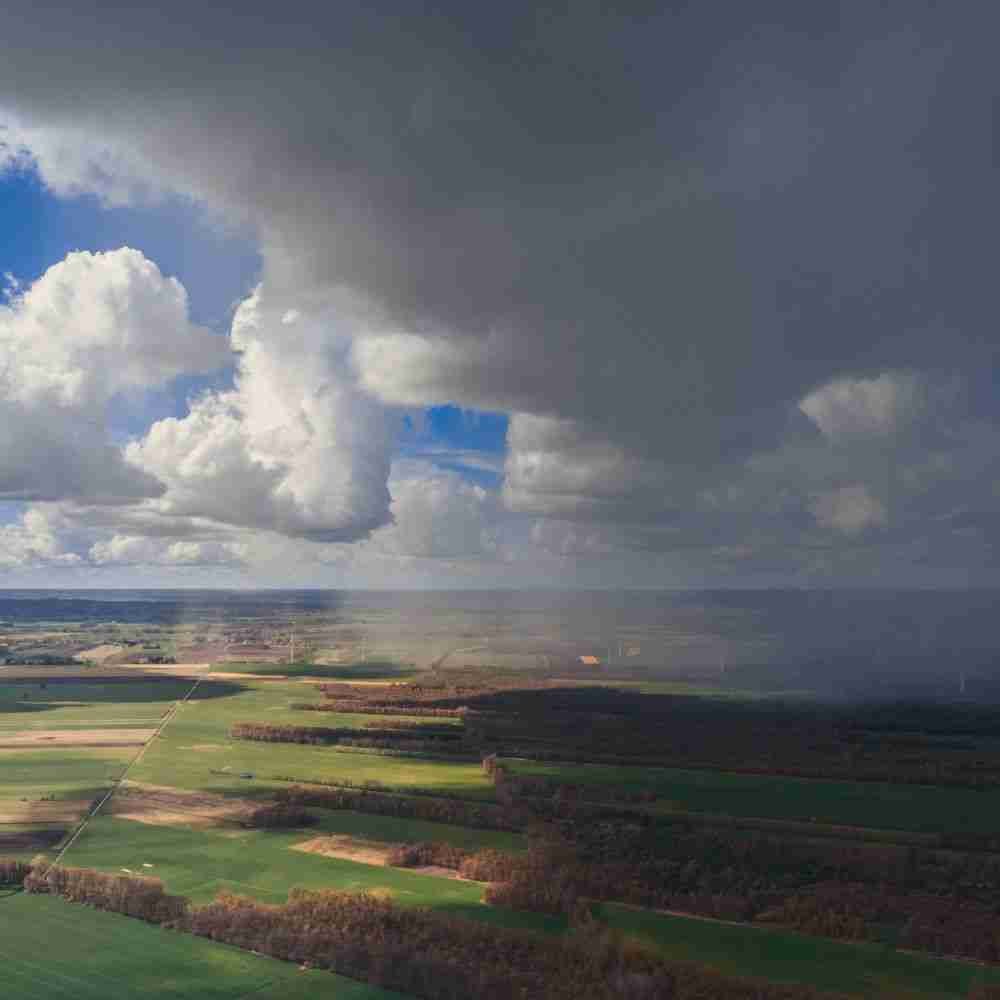Weather in September
September is a mild month in Truganina, Australia, with an average temperature ranging from a minimum of 7.5°C (45.5°F) to a maximum of 15.8°C (60.4°F). The average high temperature in September is similar to August, at 15.8°C (60.4°F), while the average low temperature is 7.5°C (45.5°F). Humidity averages 74% and the average sunshine is 7.6 hours.
The average daily maximum UV index is 4, indicating medium vulnerability to UV radiation, with light-skinned individuals at risk of getting burned in under 30 minutes. The average rainfall is 35mm (1.38″) and falls for 15.1 days, with 157.6 rainfall days and 415mm (16.34″) of precipitation throughout the year.
The average length of the day in September is 11 hours and 51 minutes, with sunrise at 6:43 am and sunset at 5:59 pm on the first day and sunrise at 5:58 am and sunset at 6:23 pm AEST on the last day. It is recommended to take precautions against harmful UV radiation during midday hours by minimizing exposure, wearing sunglasses and a hat with a wide brim when spending time outdoors.
Weather in October
Truganina enjoys a comfortable spring season in October with an average temperature range of 18.9°C (66°F) to 9.1°C (48.4°F). The average high temperature increases to a pleasant 18.9°C (66°F), while the average low temperature is 9.1°C (48.4°F). The relative humidity hovers around 70%, and there are typically 13.4 rainfall days accumulating 33mm (1.3″) of precipitation.
Throughout the year, Truganina experiences rain for 157.6 days, with a total precipitation collection of 415mm (16.34″). In October, the average daylight span is 13h and 4min, starting at 6:57 am and ending at 7:24 pm. The average daily maximum UV index is 5, indicating a moderate health risk from exposure to the Sun’s UV rays for ordinary individuals.
It is advisable to take necessary precautions, minimize exposure to the sun’s intense radiation during midday, seek shade, and use sun-protective clothing, hats, and sunglasses. In October, Truganina receives an average of 7.8 hours of sunshine.
Weather in November
In Truganina, November is a pleasant month with comfortable temperatures ranging from a low of 10.9°C (51.6°F) to a high of 21.2°C (70.2°F). The average high temperature is similar to that of October, remaining a pleasant 21.2°C (70.2°F), while the average low temperature is 10.9°C (51.6°F). Relative humidity averages 69% during November.
This is also the month with the most rainfall, averaging 12.5 rainy days with a total precipitation accumulation of 41mm (1.61″). On average, the day is 14 hours and 10 minutes long with 8.6 hours of daily sunshine. The average daily maximum UV index in Truganina during November is 5, indicating a moderate health risk from exposure to the Sun’s UV rays.
Precautions such as wearing protective clothing, sunglasses, and a hat, as well as reducing exposure to direct sunlight during mid-day, are advised to avoid the risk of skin and eye damage.
Weather in December
December in Truganina, Australia, is the first month of summer, characterized by warm temperatures and long daylight hours. The average high temperature in December remains around 23.1°C (73.6°F), similar to November, while the average low temperature is around 12.8°C (55°F). The relative humidity remains at 66%. With 11.7 rainy days, December receives a total precipitation of 39mm (1.54″).
Throughout the year, the town experiences rainfall for 157.6 days, with 415mm (16.34″) of precipitation. December provides the longest days of the year, with an average of 14 hours and 42 minutes of daylight. The month receives abundant sunshine, with an average of 9.9 hours. December sees the highest UV index, with an average maximum of 6, indicating a high vulnerability to unsafe exposure to UV radiation.
People with fair skin may get burned within 20 minutes of exposure to the sun, as the Sun’s UV radiation is most powerful between 10 a.m. and 4 p.m. Experts recommend wearing sun-protective clothing, a long-sleeved shirt and pants, a wide-brimmed hat, and UVA and UVB-blocking sunglasses to avoid the harmful effects of UV radiation.





